How Many Smart TVs Do You Need in Your Home? Analyze From Different Dimensions
Quick Answer
1-3 smart TVs, usually. One big, high-quality TV in the main living area for group watching and maybe smaller, less costly TVs in bedrooms or a home office are beneficial additions to most houses. Think about installing a TV in areas where certain hobbies, like gaming or working out, take place. Consider energy efficiency and financial limitations when designing your setup, taking into account the size of your family, how the area is used, and your tastes for entertainment.
Evaluate Your Home's Layout and Household Needs
In order to choose the perfect spot for your television, start with the home's interior design. The main watching areas are usually common spaces like living rooms, which need a big screen for a communal experience. Small televisions are suitable for personal use in bedrooms or home offices.
Think about who in your home will be watching each TV. Multigenerational homes may need varied viewing choices for multiple interests, while homes with children may need extra screens for games or educational programs.
Position TVs to get the most use without cluttering and incorporate them into room design. A swivel mount on a kitchen counter, for example, provides multiple viewing angles without taking up counter space.

How Do You Differentiate Between Primary and Secondary TV Viewing Areas?
Identify the Main Spaces of Viewing
Home entertainment centers around main spaces like the living room or media room, which most often calls for an upgrade to an expensive TV. Where most family activities take place, look for features like smartness, strong sound systems, and high quality to improve viewing experiences.
Choose TVs for Secondary Spaces
Secondary viewing points can be found in offices, kitchens, or bedrooms. Less expensive, smaller versions are typically adequate in these sectors. Choose TVs that do not need unnecessary upgrades and have basic smart capabilities or compatibility with your main ecosystem.
Spend Your Money Wisely
Spend money on top-notch equipment only in primary zones where the effect of advanced technology is most evident. Spend a smaller portion of your budget on secondary zones and prioritize functionality over aesthetics. This way, you are being tight-fisted with your money while utilizing every leisure space to the fullest.
How Do Content Consumption Patterns and Smart Home Integration Influence TV Needs?
It's crucial to understand your family's viewing habits. If streaming services dominate your viewing, ensure that your TVs have robust smart features and quick access to Netflix, Disney+, or Hulu apps. Gamers might desire TVs with minimal input lag and fast refresh rates.
Smart TVs can also serve as a hub for a connected home. Link them to your smart home system to enable voice controls and synchronize them with other devices like lights and speakers. This creates an integrated entertainment space, enhancing convenience and immersive experiences.
If certain family members use TVs for specific activities—such as fitness apps or educational content—consider placing TVs in zones that support those activities. By aligning TV placement with content consumption habits and integration with your smart ecosystem, you increase functionality and user satisfaction in your home.
What Are the Environmental and Energy Efficiency Considerations?
Your home consumes more energy if you own many TVs. It is crucial to select sets with good energy ratings. To choose a TV that is engineered to consume less energy, look for marks like Energy Star.
TVs tend to draw power even when they are not being used; this is referred to as standby power consumption. Search for an automatic power-down feature in TVs or unplug them manually when not in use for a long time to reduce this.
Look for green features in televisions, such as those that emit less blue light, while shopping. And, to reduce your contribution to the planet, recycle old devices in a proper manner.
How Should You Consider Budget and Total Cost of Ownership?
1. Evaluate the Initial Price and More: When planning TV shopping, considering beyond the price at retail is essential. Add in costs such as future installation fees, wall mounts, or stands that may be required to put them most efficiently.
2. Budget for Recurring Costs: If you intend to have your streaming services installed in all areas, multiple TVs could translate into higher power costs and possibly costlier subscription charges. To evade any surprises, make sure you budget for such recurring costs.
3. Maintenance and Upgrade Planning: Consider future renovations and potential repair costs. For more expensive models, buying extended warranties could be beneficial. Further, consider how future advancements in technology can impact your setup, which may require further expenditures.
How Can You Future-Proof Your Multi-TV Setup?
Look for TVs with easy software upgrades or manufacturers forward-compatible with emerging streaming platforms and formats, such as 4K or 8K video, to keep up with the fast-changing tech landscape. This guarantees longevity and keeps your system up to date without requiring ongoing upgrades.
Select versatile hardware that allows you to upgrade your system, like modular smart home appliances or accessories like enhanced sound systems. With this, you can add to your entertainment without significantly changing your setup.
Add mobile displays, like projectors or tablets, that provide flexibility and mobility around your house. As family configurations change or new applications occur, these options might fill a variety of needs.

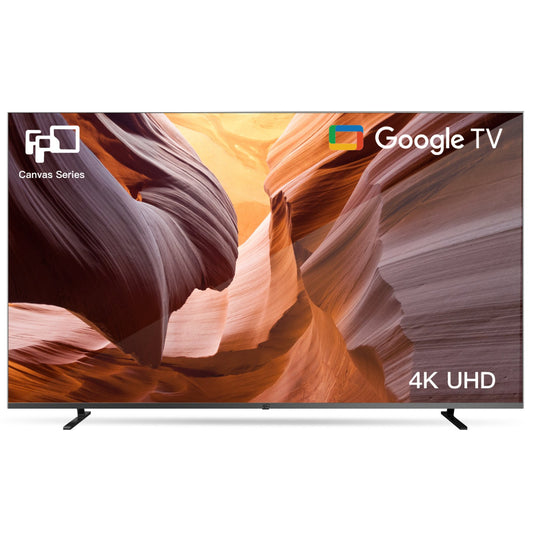
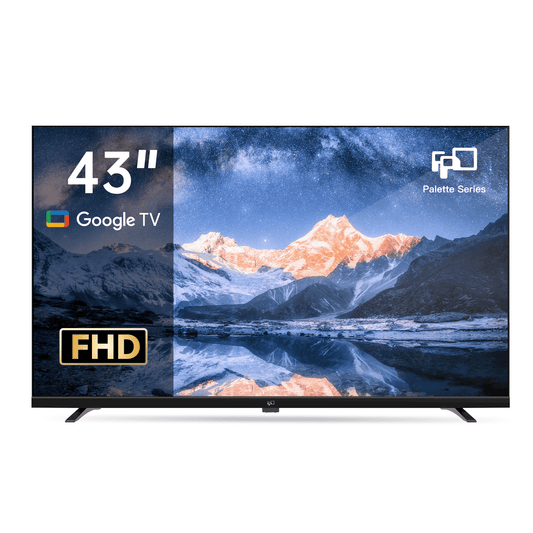
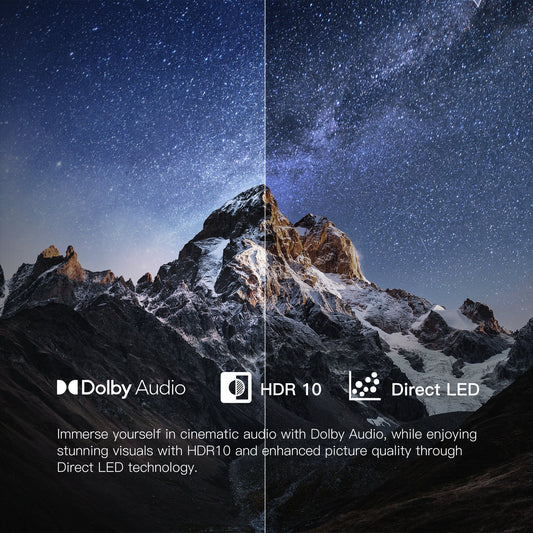
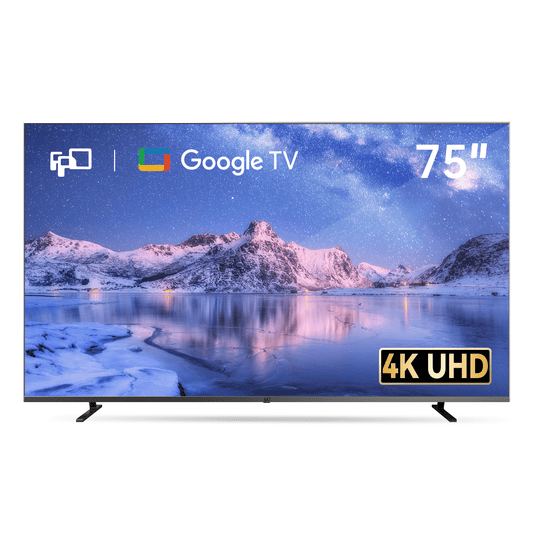
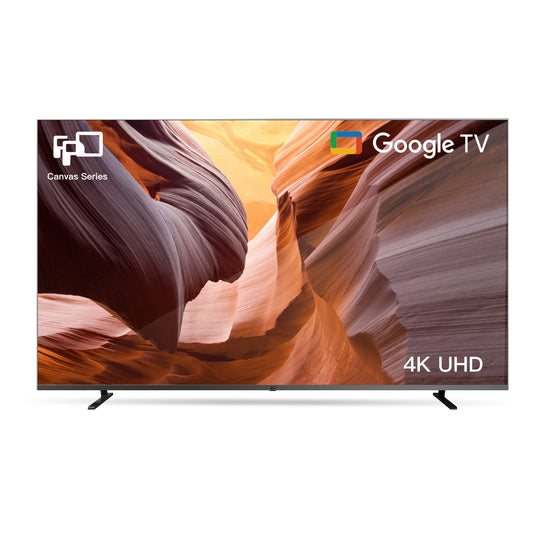
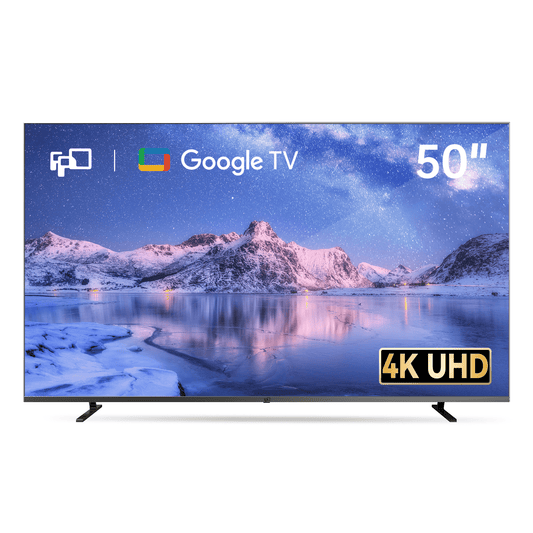
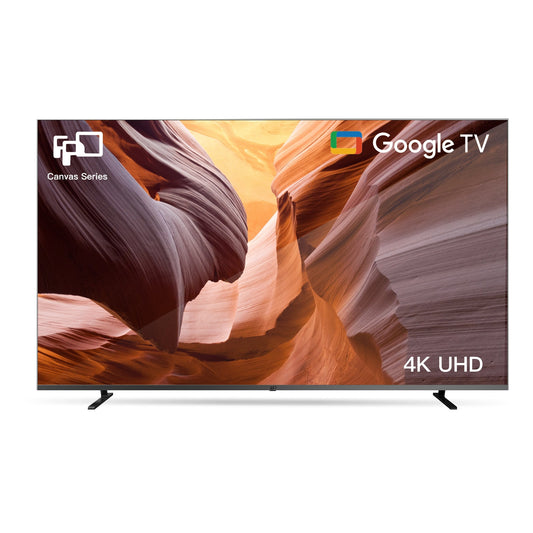

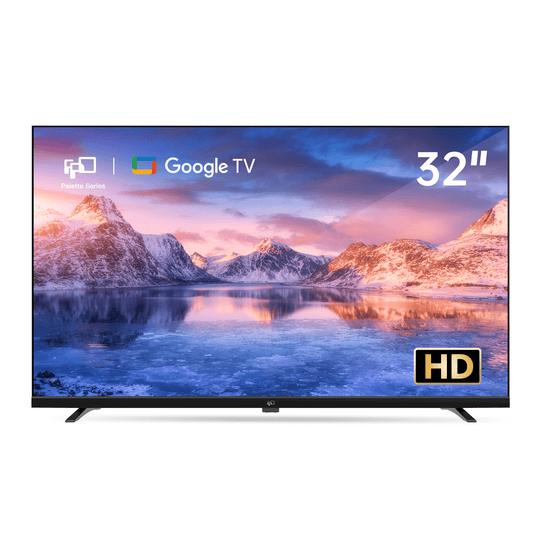
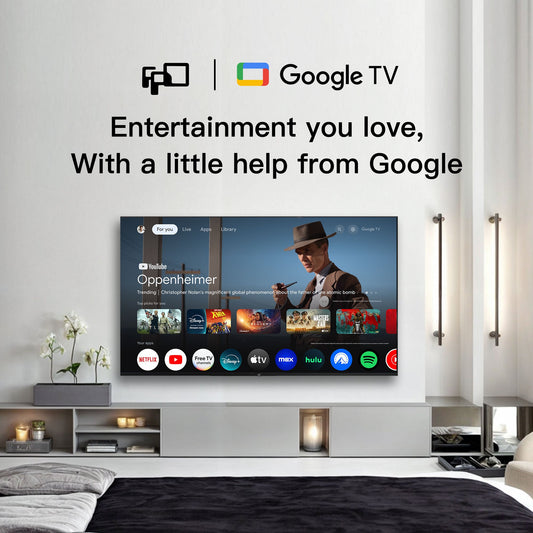
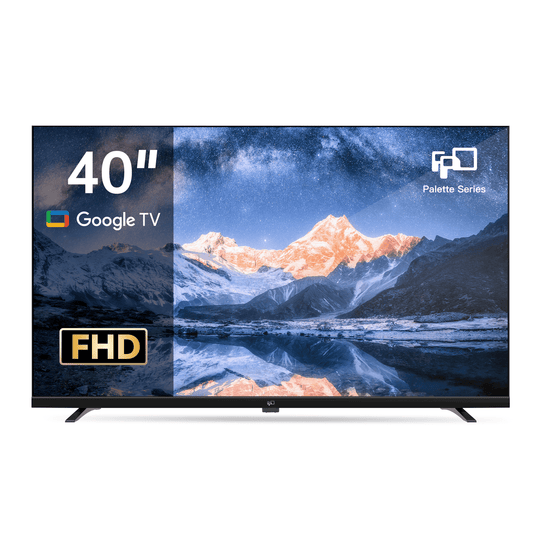

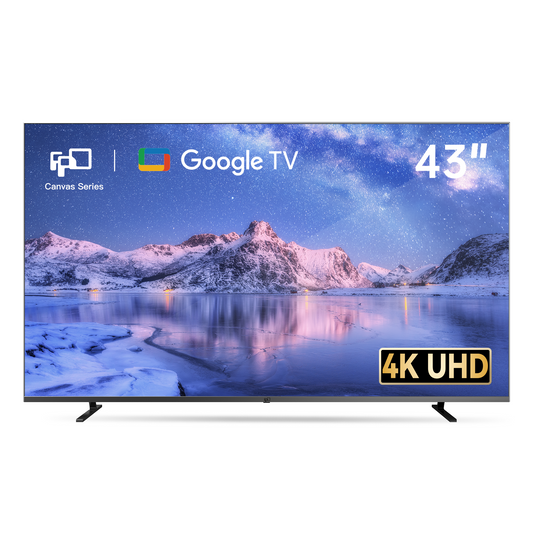
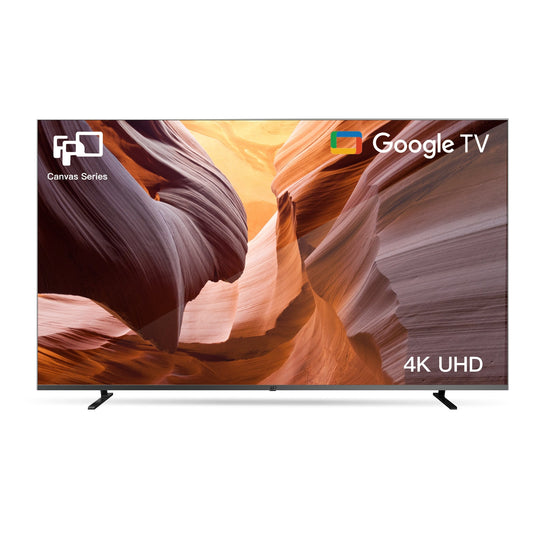
Leave a comment
Please note, comments need to be approved before they are published.